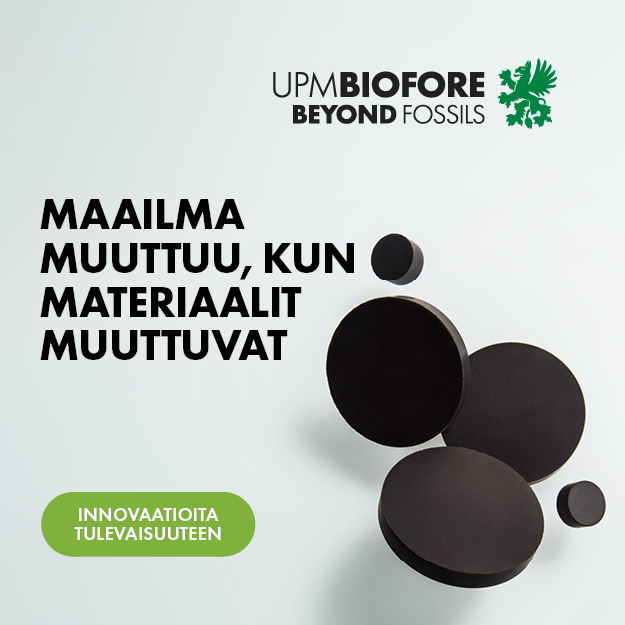HefCel (High-Consistency Enzymatic Fibrillation of Cellulose) technology is a method patented by the VTT which allows for the production of nanocellulose with a ten-fold solids content in comparison to conventional nanocellulose.
“This has a lot of advantages. Usually, more than 90 per cent of nanocellulose is water, but when it is dryer, everything from its production to storage and transportation is cheaper,” says Senior Scientist Jari Vartiainen of VTT.
The production usually involves separating the nanoscale fibrils in cellulose fibre from each other by pulverising or with the help of pressure, which takes up a lot of energy.
The enzymes employed in the HefCel method facilitate fibrillation in such a way that mixing alone is enough. This consumes less energy and makes the production of nanocellulose economically more profitable than its production with earlier methods.
A growing package type
Nanocellulose made with the HefCel method is suitable for all nanocellulose applications. The nanocellulose film acts as an effective barrier against mineral oils, due to which it is an ideal coating for food packaging made from recycled paperboard, for instance.
The stand-up pouch is nevertheless the first application in which the HefCel nanocellulose has been used. We are talking about the fastest growing package type in the world.
“The nanocellulose film also acts an effective barrier against oxygen and grease, thanks to which the pouch is ideal for dry and greasy foodstuffs, such as nuts and crisps,” says Vartiainen.
What the nanocellulose film does not act as a barrier against is moisture. Because of this, the pouch also contains a layer of sugar beet-based bio-polyethylene.
“Food packages typically consist of multiple layers, between which there can even be layers of glue. Our pouch is a lot less complex, 100% bio-based, and does not require any layers of glue.”
The development work continues
Food packages are meant to protect foodstuffs as well as possible, thereby reducing food loss. The bio-based pouch furthermore conserves fossil-based natural resources. The pouch is now being developed in a more easily recyclable or biodegradable direction.
“Multi-layered structures are challenging to recycle, which is why we plan to replace the bio-polyethylene with a chemically modified cellulose-based film next.”
“This would provide us with a structure of which the majority would be composed of cellulose, and the product would be made entirely out of domestic wood raw material.”
VTT has developed nanocellulose technology in many different projects since 2008. The pouch based on HefCel technology is the result of the know-how accumulated over the years.
Text By Katariina Krabbe
Photo By VTT



